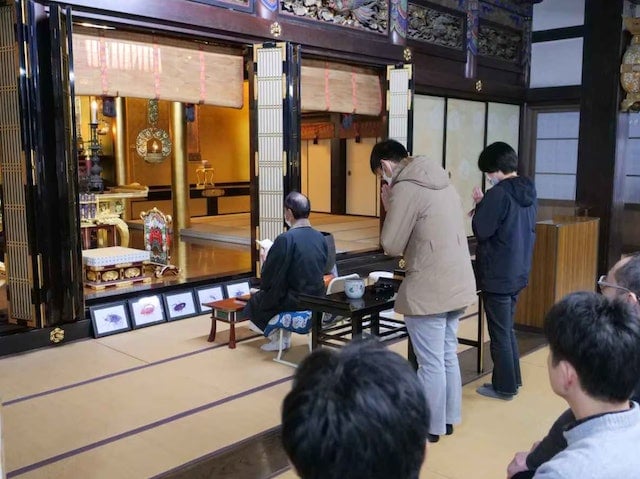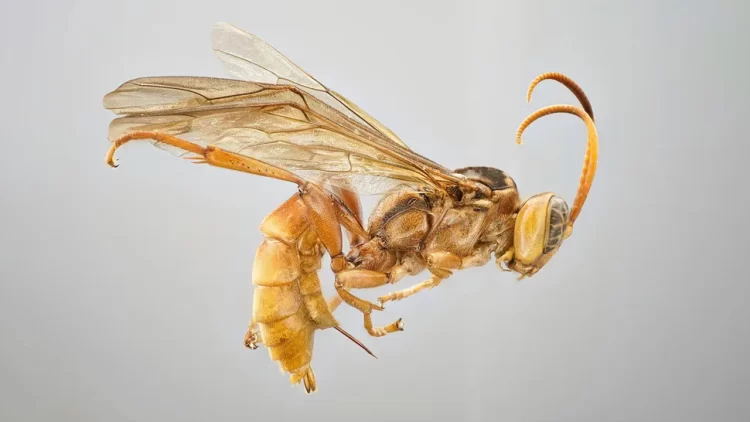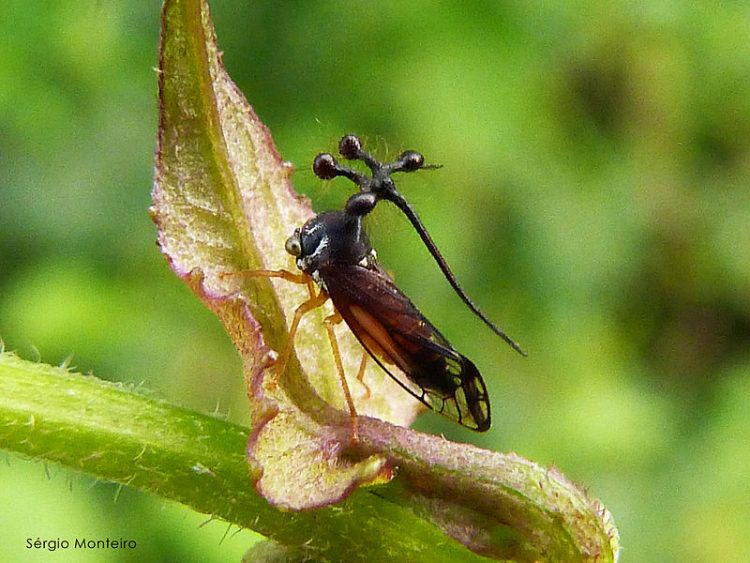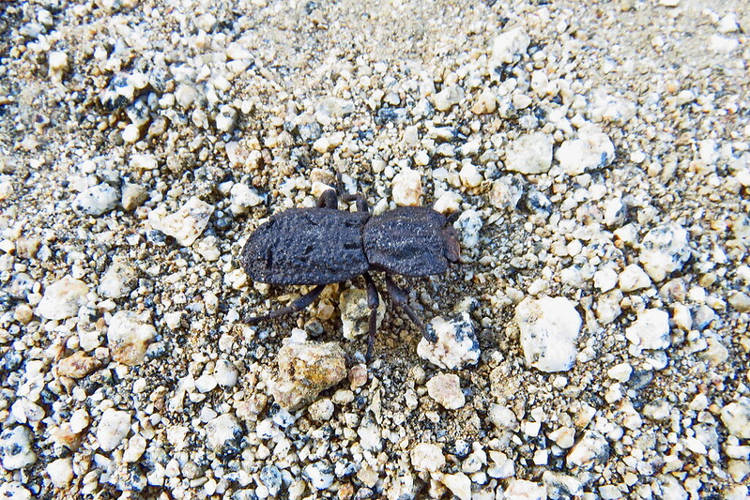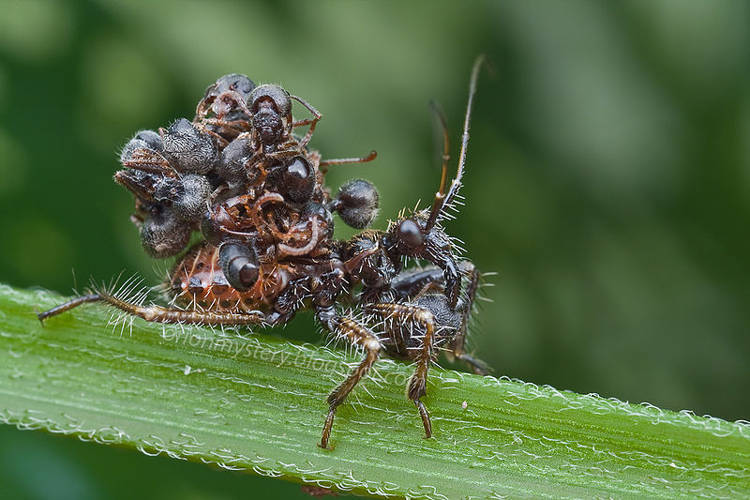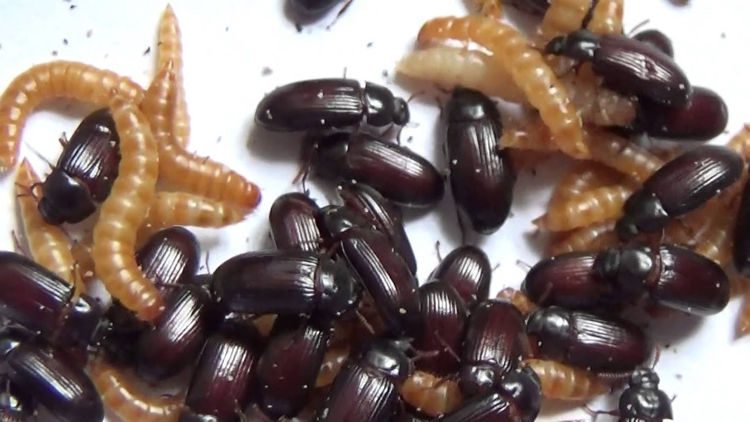Every year, Japanese pesticide company Earth Corporation holds a ‘transcendence ceremony’ at the Myodoji Temple in Ako City to honor insects that sacrificed their lives for research purposes.
Earth Corporation prides itself on being the ‘no. 1 preferred household insecticide company in Japan’, a status it has achieved over decades of research and trial & error. In order to test the efficacy of its products, the company uses them on various species of insects at a proprietary research facility in Ako City, and some of those bugs inevitably die in the process. The company breeds the bugs it uses for testing, but that doesn’t make their sacrifice meaningless, and to show that it doesn’t take the tiny creatures for granted, Earth Corporation holds an honorary ceremony at the Myodoji Temple in Ako City.

